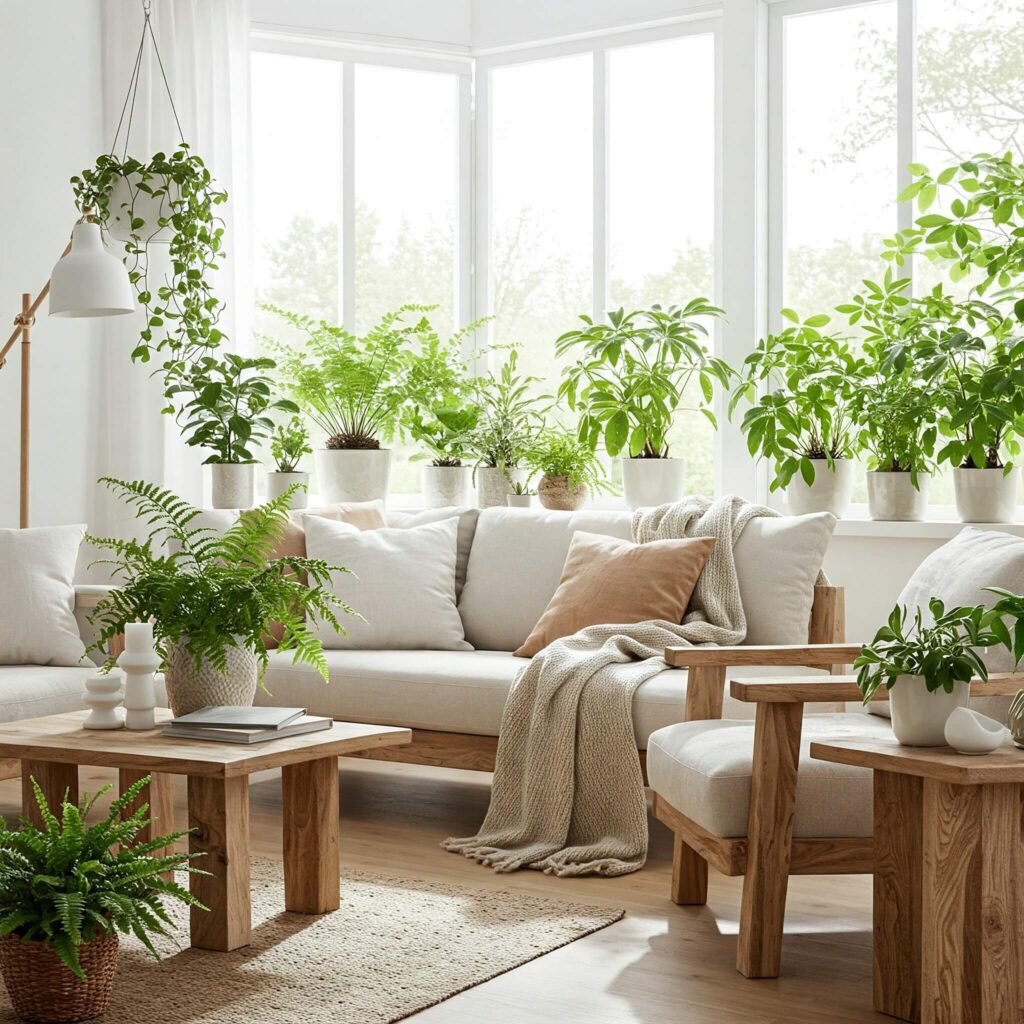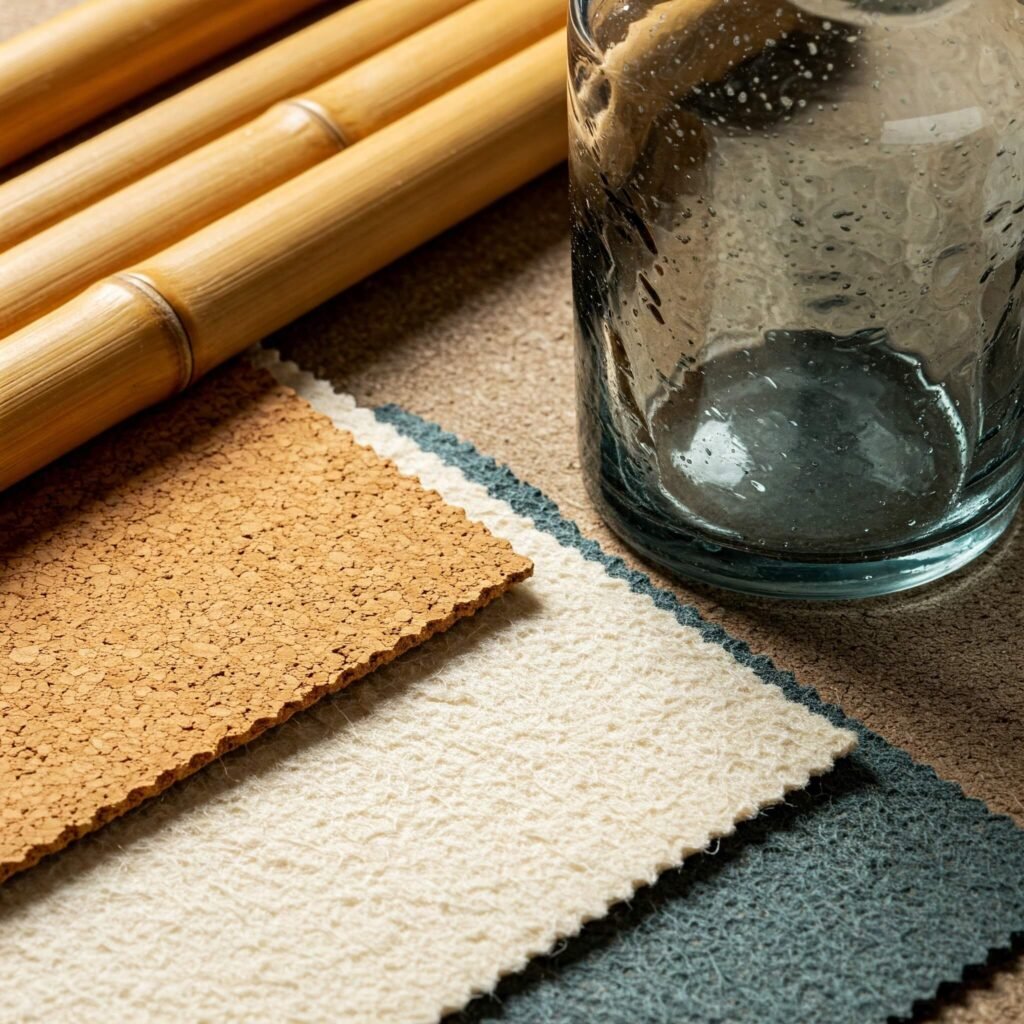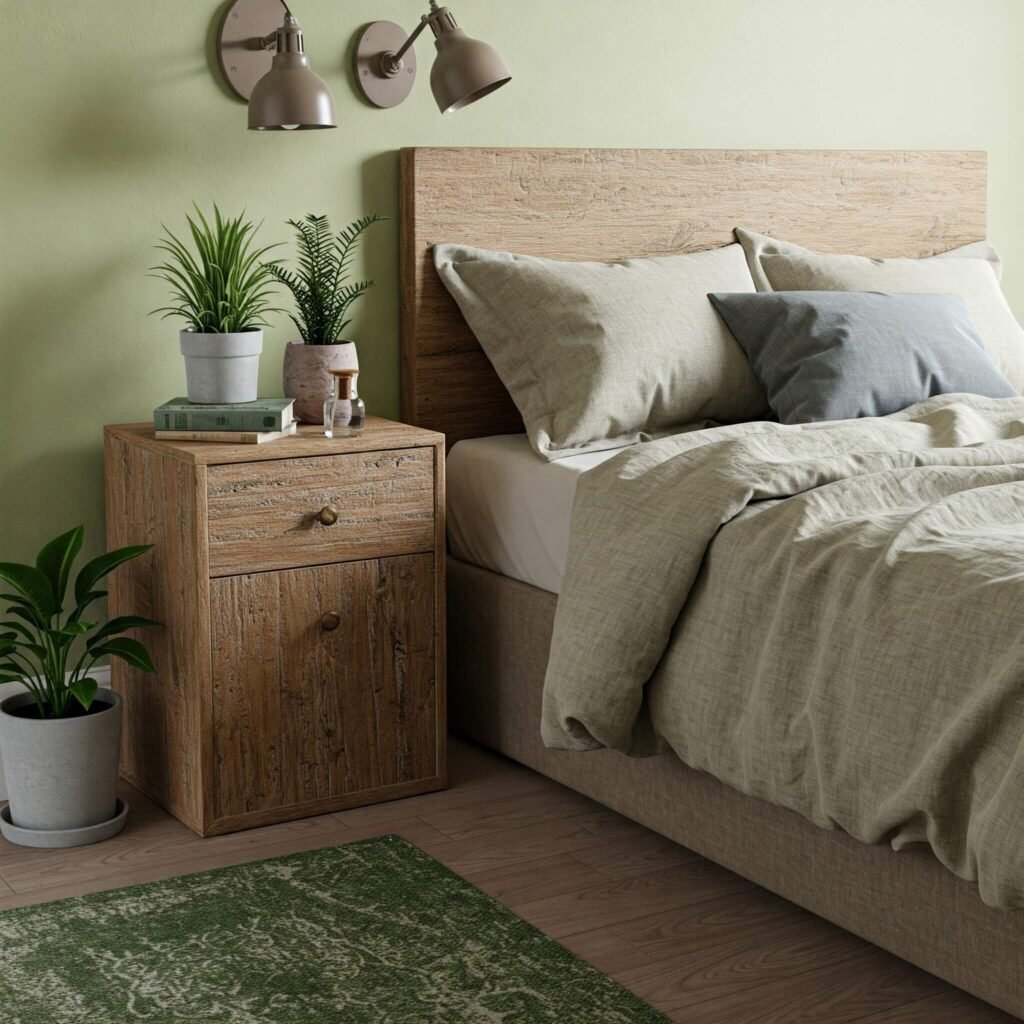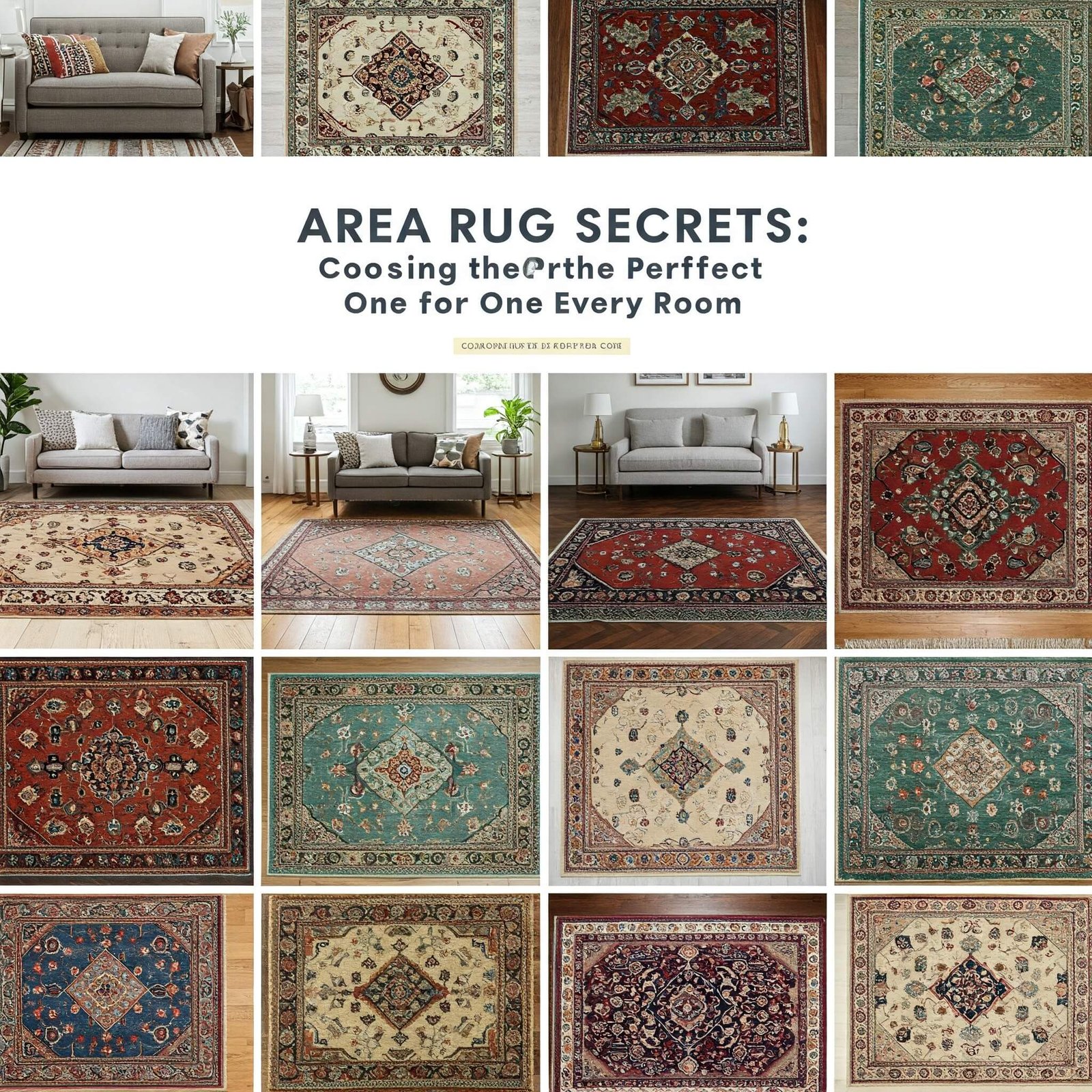Hello, design enthusiasts! As someone with years of experience crafting engaging content, I’ve learned that exceptional design goes beyond mere aesthetics. Indeed, a truly excellent approach embraces responsibility and environmental consciousness. Today, we’ll explore sustainable interior design. We will reveal how to create stunning, eco-friendly homes that positively impact our planet. Best of all, this method of achieving sustainable home decor can be realized without compromising your personal style or comfort.
Understanding the Essence of Sustainable Interior Design
Sustainable interior design is more than just a trend; it represents a fundamental shift in how we think about our living spaces. Rather, it’s a mindful way to create living spaces. These spaces minimize environmental impact and boost well-being. This approach to eco-conscious interior design involves thoughtful choices at every design stage. This includes selecting materials and considering the lifespan of your furnishings, all crucial for effective sustainable design.

Key Principles of Sustainable Interior Design
To truly embrace sustainable interior design, it’s crucial to understand its core principles. These guidelines form the foundation of any truly green interior design project. Understanding these principles will guide you in creating your own sustainable living spaces.
- Prioritize Natural and Recycled Materials. For instance, when considering materials for sustainable home decor, choose bamboo, cork, or reclaimed wood. Also consider organic cotton and recycled glass. These options reduce the need for new resources and minimize waste, a key aspect of environmentally friendly interior design.
- Focus on Durability and Longevity. Invest in high-quality, timeless pieces. Consequently, they will last for years. This reduces the need for frequent replacements and environmental harm, making it a cornerstone of sustainable design practices for any home.
- Enhance Energy Efficiency. Maximize natural light. Furthermore, when thinking about sustainable living spaces, select energy-efficient appliances and LED lighting. Smart home technologies can also cut energy use, contributing to a more sustainable approach.
- Improve Indoor Air Quality. Select low-VOC paints and furniture. Additionally, use sealants to create a healthier indoor environment, a vital element of healthy sustainable design. Incorporate indoor plants to naturally purify the air within your sustainable interior.
- Support Local and Ethical Sourcing. Choose locally sourced materials. Moreover, support businesses with ethical and sustainable practices. This reduces transportation emissions and aids your community, contributing to a more sustainable approach to interior decorating.
Practical Steps to Achieve Sustainable Interior Design
Implementing sustainable interior in your home is quite manageable. Here are some actionable steps you can take towards a more eco-friendly interior:
- Start with an Audit. First, assess your current space. Then, identify areas for more sustainable interior choices. This initial step is key to any successful sustainable design plan.
- Embrace Secondhand and Vintage Finds. Explore thrift stores and online marketplaces. You’ll find unique pieces that reduce the demand for new production, a smart way to practice resourceful sustainable design and add character to your home. [Outbound Reference Link to a reputable online vintage furniture marketplace]
- Invest in Multi-Functional Furniture. Choose pieces that serve multiple purposes. This maximizes space and reduces the number of items needed for a sustainable home, streamlining your interior sustainable design.
- Choose Sustainable Textiles. Opt for fabrics like organic cotton or linen. Hemp and recycled materials are also good choices for sustainable textile design. Look for GOTS certifications to ensure your choices align with sustainable practices.
- Maximize Natural Light and Ventilation. Arrange furniture to use natural light. Also, ensure good airflow. This reduces the need for artificial lighting and air conditioning in a sustainably designed interior, saving energy and promoting well-being.
- Incorporate Plants. Indoor plants add visual appeal. Besides that, they improve air quality and connect you with nature, a key element of biophilic sustainable design within your home. [Outbound Reference Link to a reputable source on the benefits of indoor plants]
- Be Mindful of Waste. Implement recycling and composting systems. Also, choose products with minimal packaging for a more sustainable lifestyle that extends beyond just interior sustainable design.
- Consider Water Conservation. Install low-flow fixtures in your bathrooms and kitchen. This will reduce water consumption in your sustainable home, contributing to overall environmental sustainability.

The Beauty of Sustainable Interior Design Without Compromise
The idea that sustainable interior design means sacrificing style is false. In fact, eco-conscious interior design often leads to more thoughtful and unique spaces. Natural materials bring warmth. Vintage pieces add character. Furthermore, a focus on well-being creates a healthier atmosphere in a sustainably designed space, proving that sustainable living can be beautiful.

Making Sustainable Interior Design Your Reality
Embarking on a sustainable interior journey benefits both your home and the planet. By making conscious choices, you can create a beautiful and eco-friendly interior that will reflect your values without any compromise, truly embodying the principles of sustainable design.
































